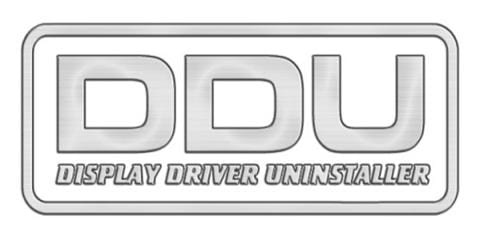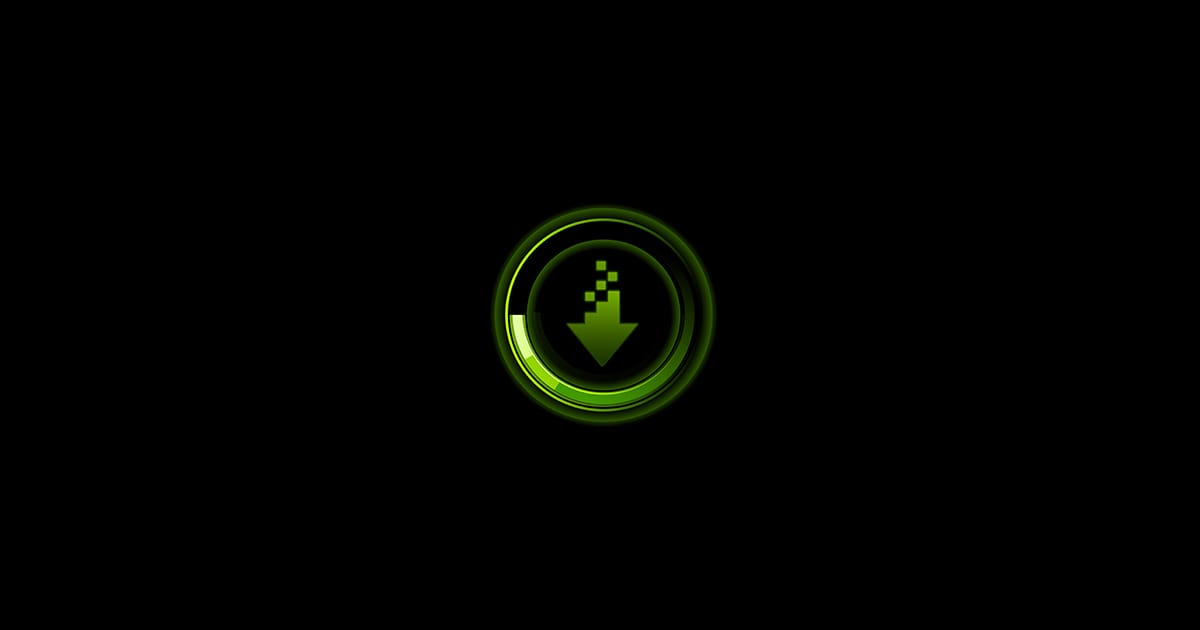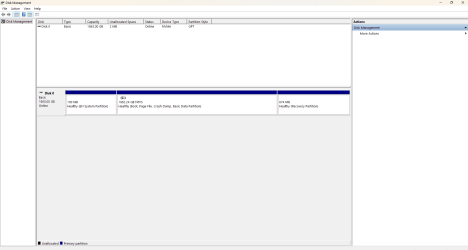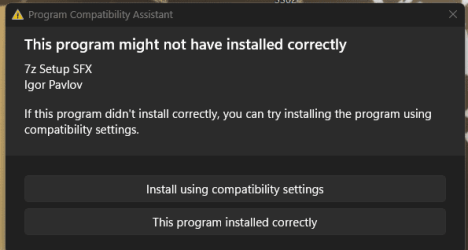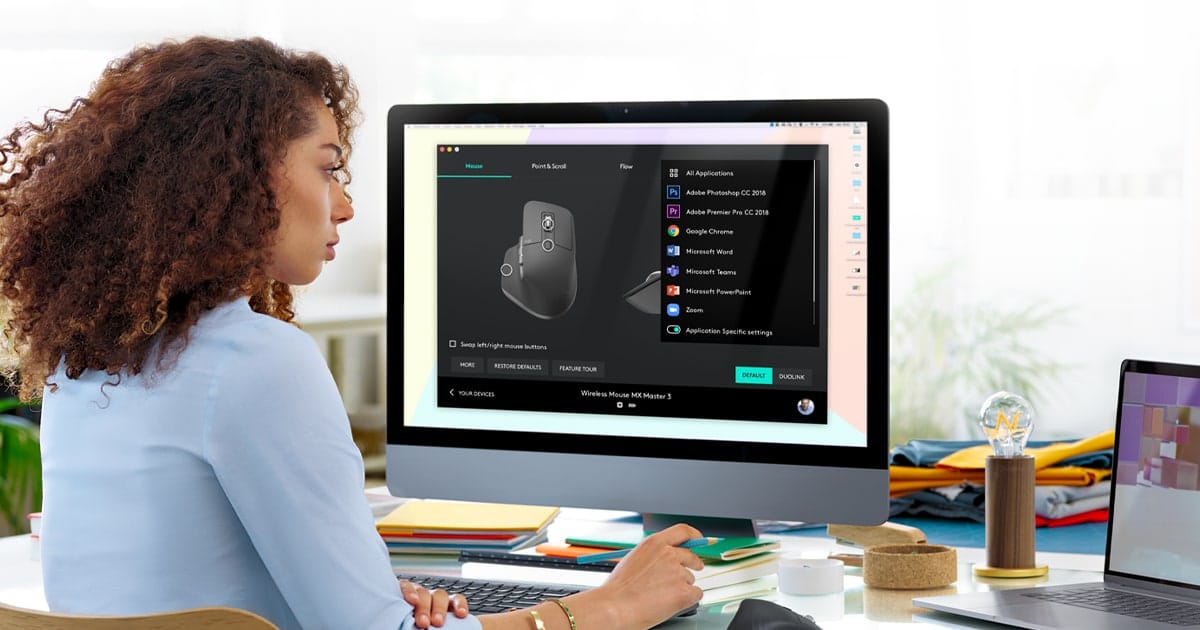Foogoo
Member
- Local time
- 8:01 AM
- Posts
- 35
- OS
- Windows 11
Every night I go to bed listening to a rain noise generator in Firefox. This morning I woke up coincidentally and continued to lay in bed trying to fall asleep, and that's when I heard the rain sounds turn into a horrible electronic screeching noise. My monitor was turned off so I couldn't see what was happening on the screen but I suspect BSOD. I got out of bed and went to my computer. By the time I turned on the monitor, the screeching had stopped and my computer was rebooting. Upon rebooting my computer immediately went into BIOS. I simply hit save and exit, which caused the computer to reboot again and enter BIOS again. Unsure what to do, I selected the option in BIOS to restore to the default optimized settings. I hit save and exit and this time I was able to access windows normally. I logged in and am using the computer now to make this post. I have no idea what caused the crash or why restoring default optimized settings allowed me to access windows normally (I just made that decision on instinct). It seems like a pretty severe crash and I'm worried it could happen again and might not be fixed so easily as I have no idea what caused it. Help!
I ran the V2 log collector and have zipped that into a file on my Google Drive, accessible here: Logs.zip
Windows version 23H2 (OS Build 22631.3296)
I ran the V2 log collector and have zipped that into a file on my Google Drive, accessible here: Logs.zip
Windows version 23H2 (OS Build 22631.3296)
My Computer
System One
-
- OS
- Windows 11
- Computer type
- PC/Desktop
- CPU
- 13th Gen Intel Core i7-13700k
- Motherboard
- Z790 AORUS ELITE AX
- Memory
- G.Skill Flare X5 32 GB (2 x 16 GB) DDR5-6000 CL30 Memory
- Graphics Card(s)
- NVIDIA GeForce RTX 4070



